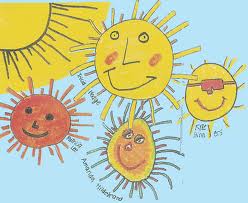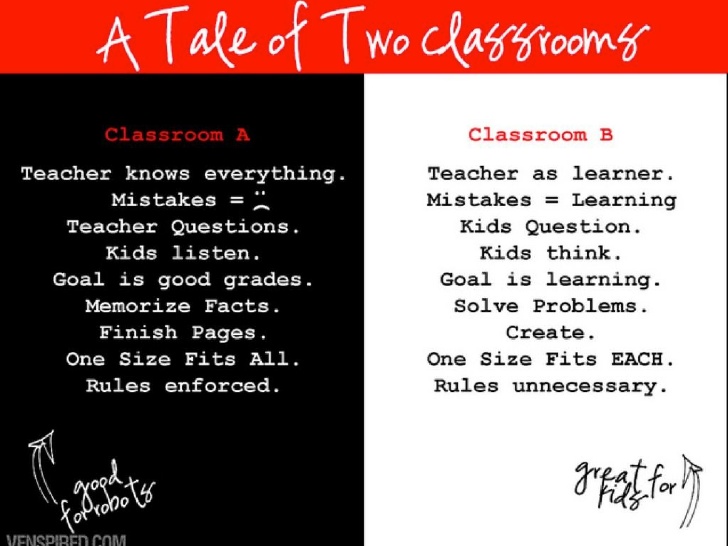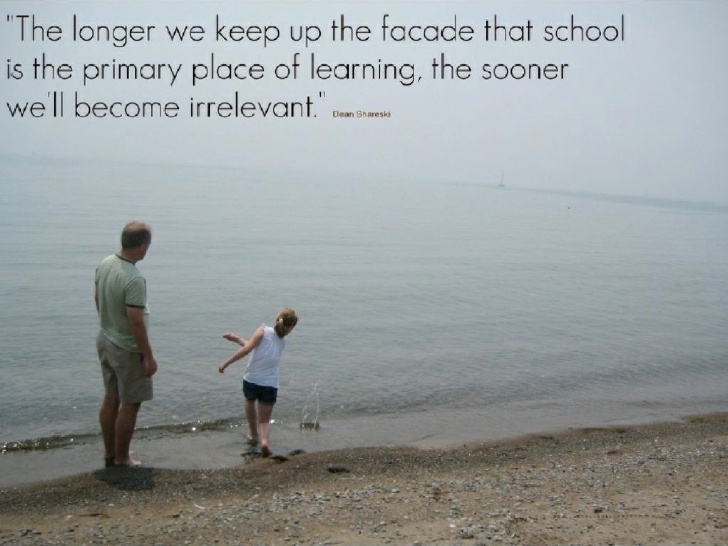We hope your summer is awesome!
SMARTLearning
We had a great Elluminate session last week on how to get ready for September using SmartLearning. You can access the cached session at https://sas.elluminate.com/p.jnlp?psid=2012-06-20.1325.D.53DB81FE907CDEFC95456F6F1CDBF1.vcr&sid=vclass
SMARTLearning
We had a great Elluminate session last week on how to get ready for September using SmartLearning. You can access the cached session at https://sas.elluminate.com/p.jnlp?psid=2012-06-20.1325.D.53DB81FE907CDEFC95456F6F1CDBF1.vcr&sid=vclass
Dear Photograph - contributors hold an old photograph in the current setting and tell a short story.
The URL: http://dearphotograph.com/
TOXIC Grading Practices





